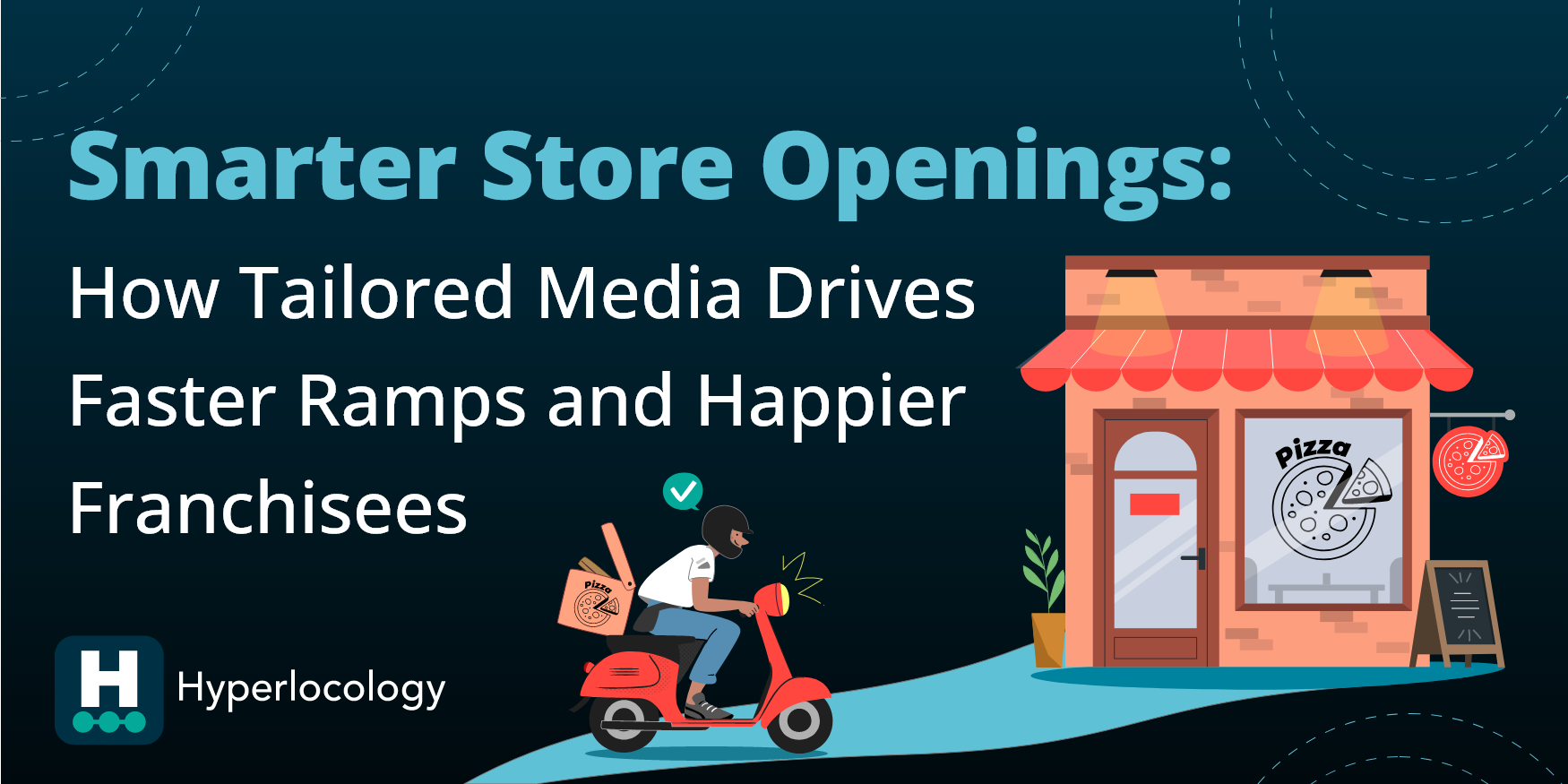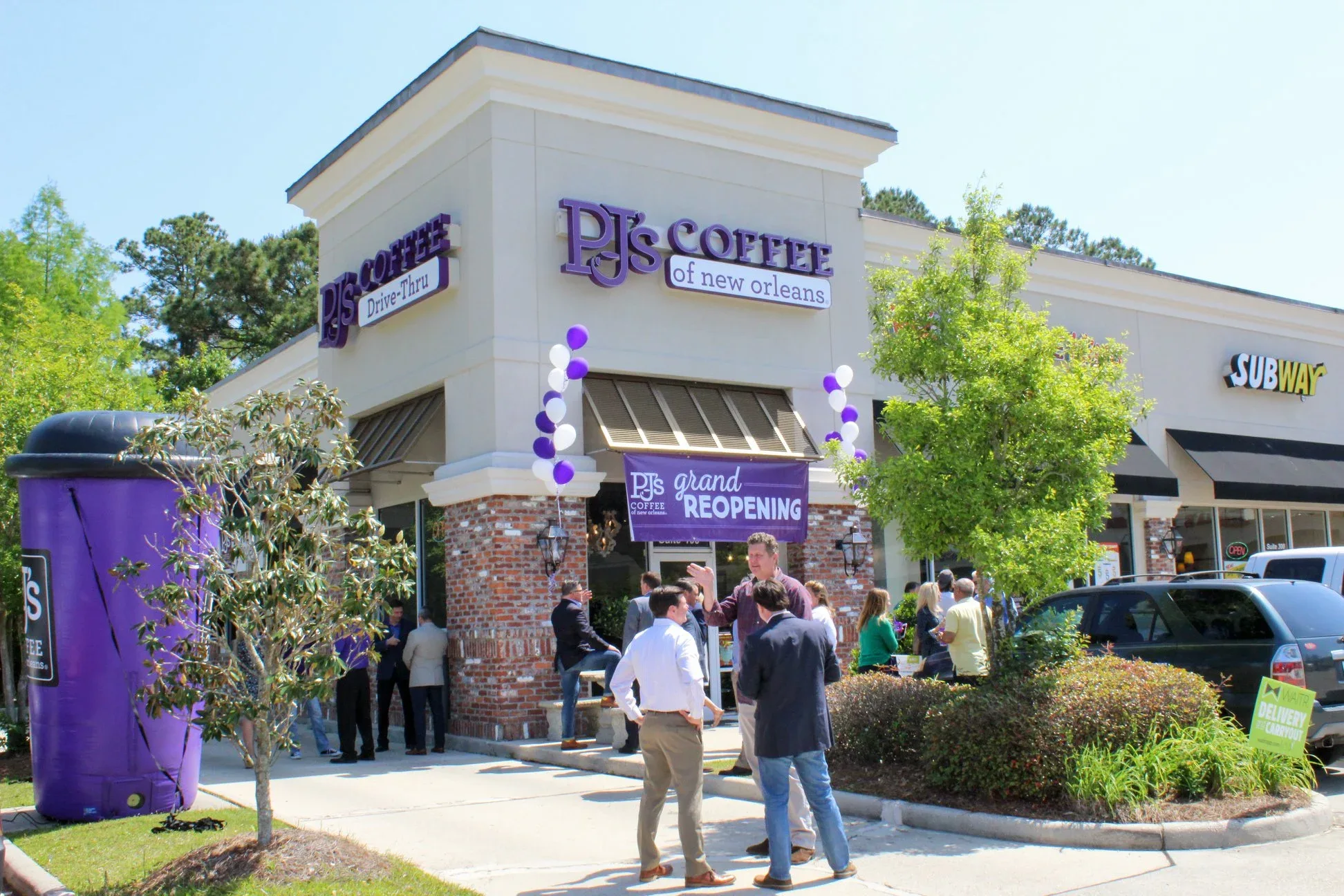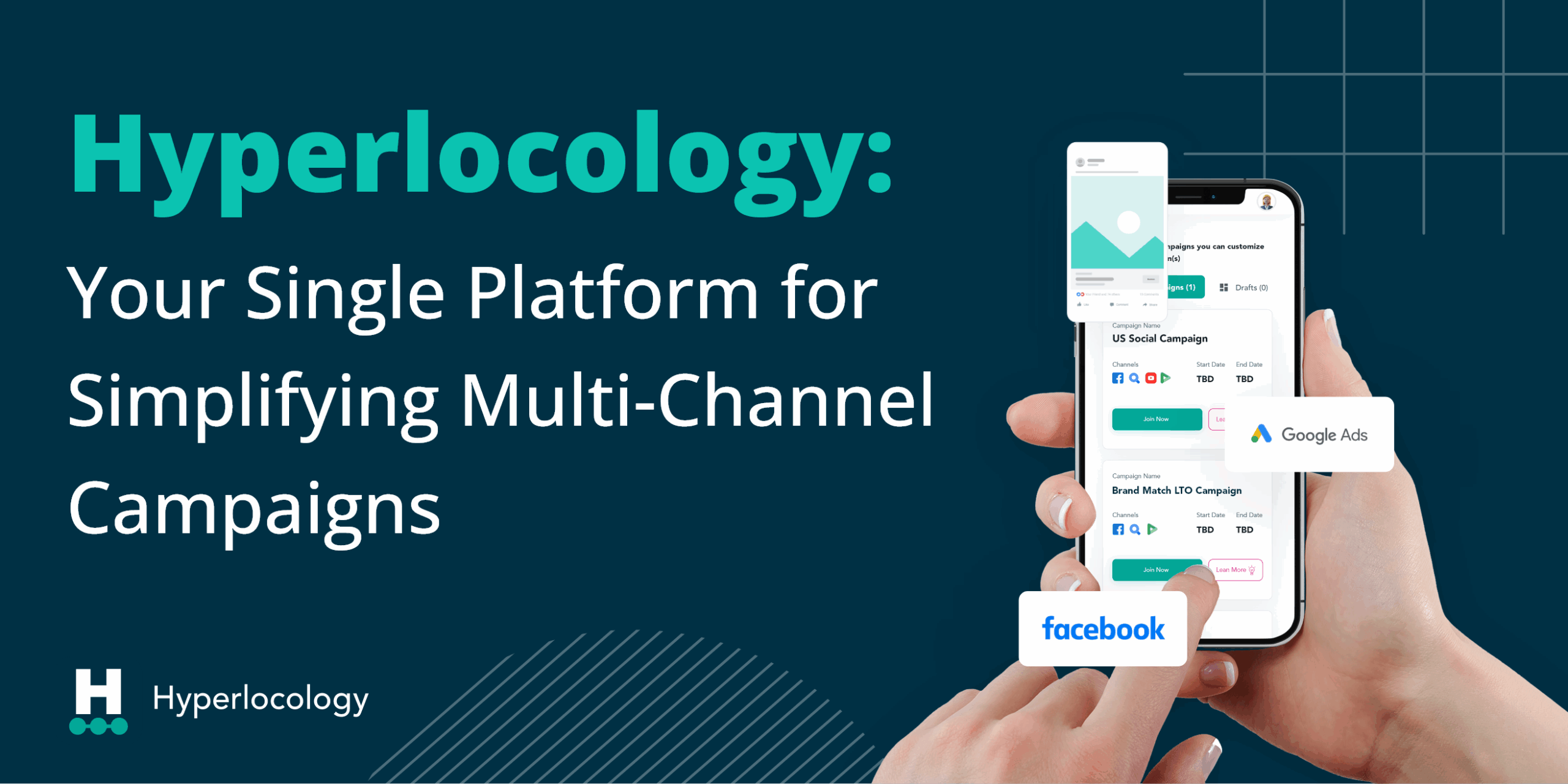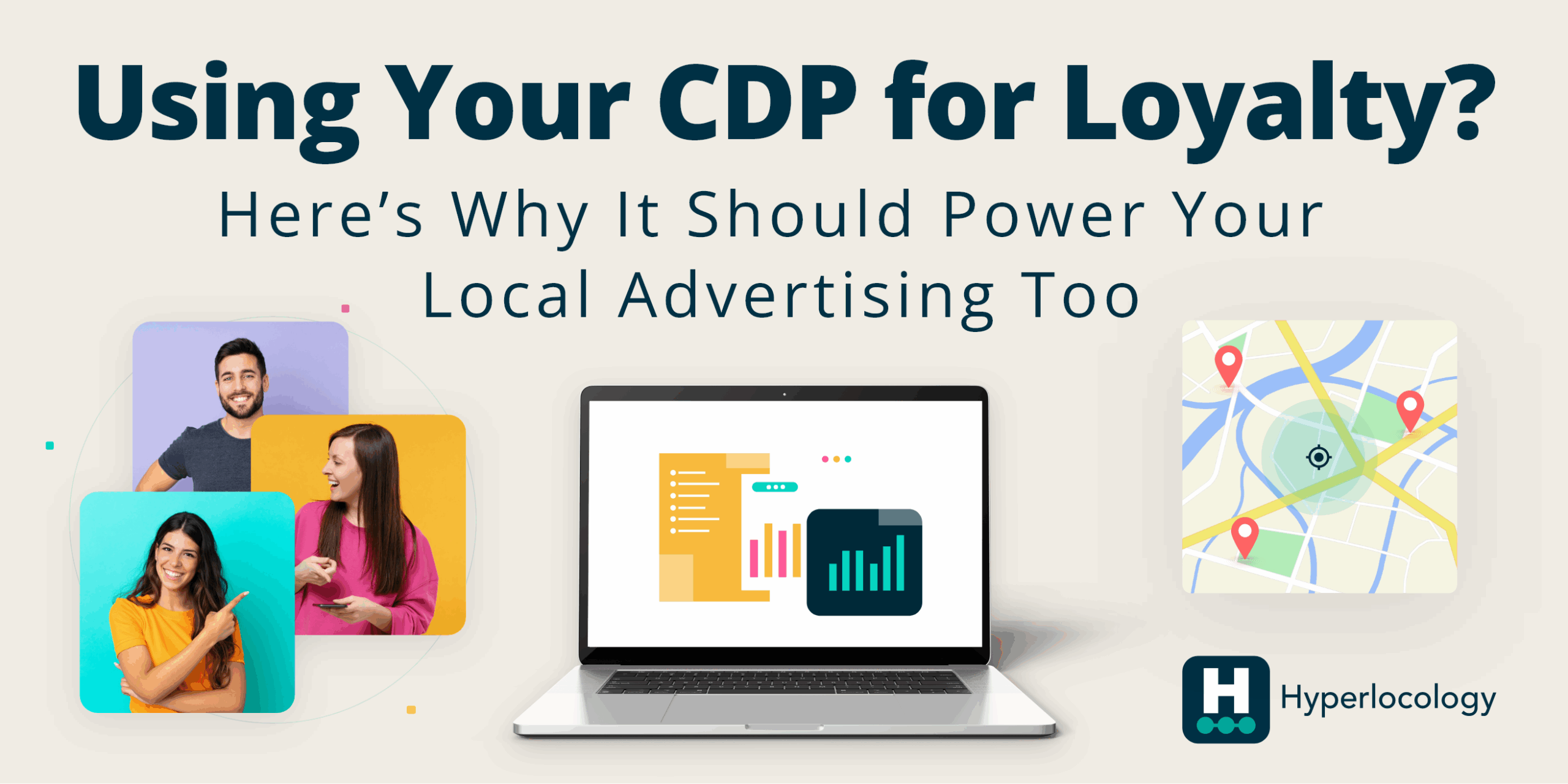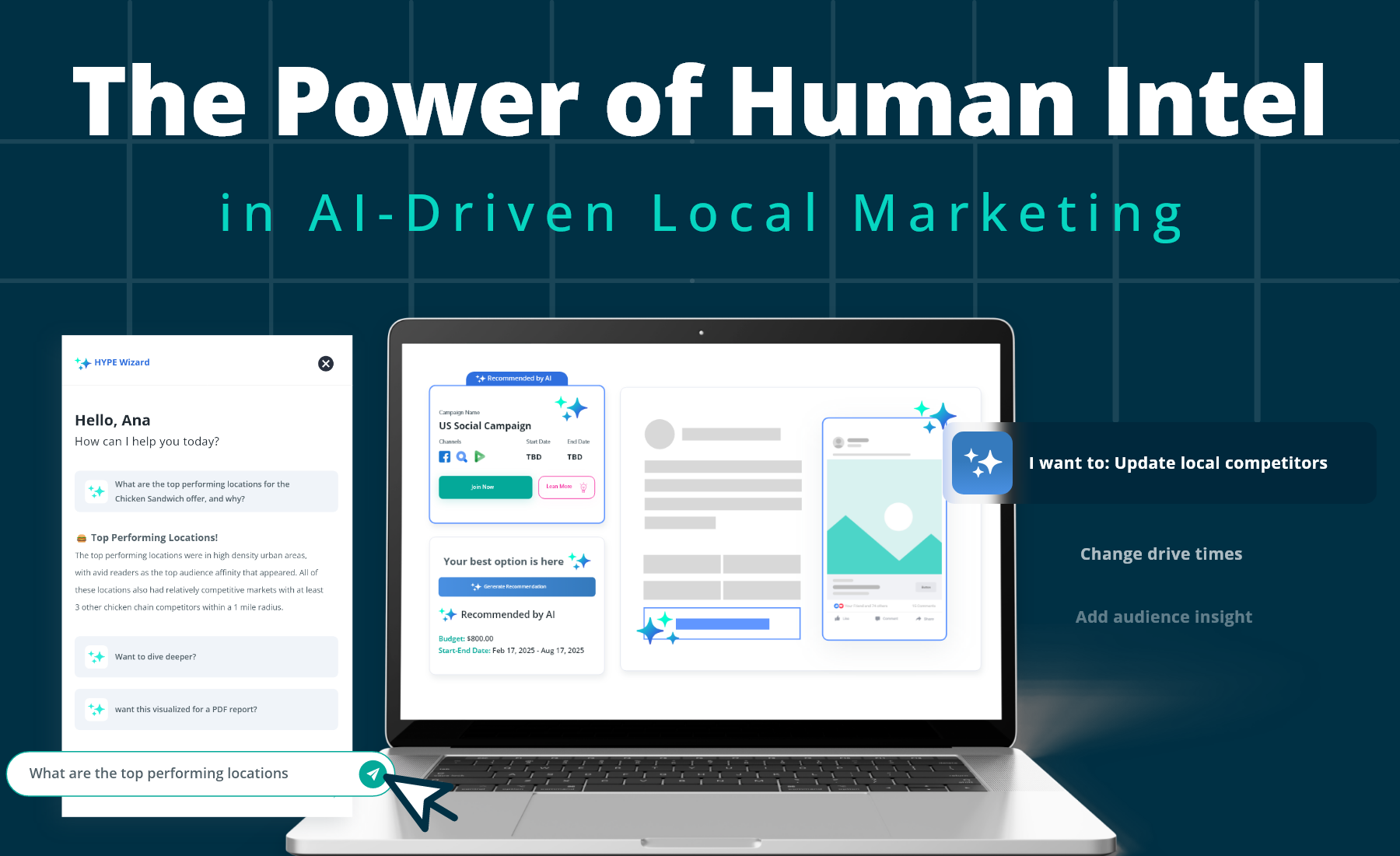
5 min Read
Rethinking Your Local Audience: Evolving Consumer Behavior and Location-based Marketing Tactics Have Redefined Local
If 2020 taught us anything – and it’s taught us many things – it’s that agility is more important than ever. When the pandemic first started, brands and their locations had to pivot operations, services, hours, staffing, protocols, and even products.
Brand marketers and advertisers quickly realized that advertising required a new level of agility as well. National brand campaigns HAD to be complemented by highly local campaigns based on specific happenings in cities and local communities. Targeting at the DMA level was no longer good enough.
Successful digital marketing requires a full understanding of the concepts of both local and location-based marketing, their differences, and how you can use each to your advantage. When it comes to how advertisers can pursue the local consumer’s critical point of decision or action — the distinction between local and location-based is critical. It’s important to identify what this distinction entails and how, when you fully understand it, you can powerfully improve marketing efficacy by leveraging both approaches in your local digital marketing strategy.
Local Marketing, Location-Based Marketing: Two Peas in a Different Pod
Local marketing essentially boils down to reaching consumers who can discover and make purchases at a given physical location. The target customer is a geographically local audience or people in a given community who are local to the store or stores in question.
Location-based marketing is a popular campaign strategy for brands to attract both new and loyal customers. In comparison to local, location-based marketing uses location as a data input to fuel audience intelligence. This data-focused approach helps brand marketers create and improve segmentation and targeting. Location-based marketing tactics include geofencing, geotargeting, and geo-conquesting.
Geofencing refers to serving advertising or content to a consumer based on their real-time location. When a person opts in to share their location to a brand’s app and then enters the designated geofenced area, they may receive a push notification from an app, a text message, or see location-based content and advertising while using an app in that location.
Companies like Foursquare can determine where your users are and where they’re going using geo-tagging based on real-time location and passively predict a future location with their place-probability algorithm.
Geotargeting refers to serving advertising and content to audiences that visited specific locations in the past. By using historical data, marketers can build campaigns that will reach audiences with location data serving as an indicator of an audience’s real-world preferences. Brands also use geo-conquesting as another tactic to reach audiences that visit their nearby competitive locations.
Despite the traction it’s gained in recent years, location-based marketing and building local audiences based on small areas directly surrounding a store is taking a back seat to new local marketing practices.
How Big Multi-location Brands are Redefining Local
Given all that unfolded in 2020, big brands are now “expanding” their definition of local. They are moving away from hyperlocal targeting (e.g. 1 store and a 100 ft radius around it) to marketing around a larger area.
As a brand marketer, if you’re geo-fencing around one store you’ll attract some people but this is no longer the true audience you want to target, nor is it a complete audience. During COVID, analysis and data have revealed that people are traveling much farther away than they normally would be based on desiring the safest and best dining experience or to find a specific product that might be sold out online. Whereas typically a customer may travel a distance of 5-10 miles, now they may travel to stores or restaurants 20-30-40 miles away.
Not to mention, the consumer who drives by every day and visits your location is likely not the same type of consumer you may find digitally with a broader view of what local actually means, and the online profile of consumers who will buy from your store. Geo-fencing too narrowly can greatly limit sales and your understanding of your true local consumer.
The definition of local is now changing. Previously “local” may have been defined as being 4 blocks around a store, but the data may reveal that your ideal customers and audience extend further out than you thought. Every store location has slightly different definitions of local depending on what their goals are, who they are (industry), the types of customers they serve, and where they are located (urban vs. rural market).
Bringing Local and Location-based Together to Benefit Your Brand
For many brands, COVID and 2020 is when they pivoted their local strategy and adopted location-based tactics while expanding their reach and definition of local. To boost local marketing tactics, digital marketers who think differently about their local consumers can then put those audience definitions to even better use for each of their brand locations. As they learn, refine their audience segments and targeting, and optimize campaigns once local digital marketing programs and campaigns begin to mature, they will truly see the benefits no matter how close in proximity consumers are to the brand’s locations.
Local is an always evolving way of speaking to customers with always evolving geographic boundaries. Authentic and relevant messaging to customers is not proximity-based. For brands, it’s time to realize that your digital online audience may not be truly not representative of those walking through your front door. It’s time to rethink your local audience and use data to move to a new definition of local.
If you want to dig in more on the topic, read our guide to Transforming Multi-Location Digital Advertising – just click the button and open it!
{{cta(‘fd5927b2-d414-4431-bd79-2b3121625d90’)}}
Resources
Start running smarter local campaigns today.
Let’s show you how Hyperlocology powers performance at every location.
